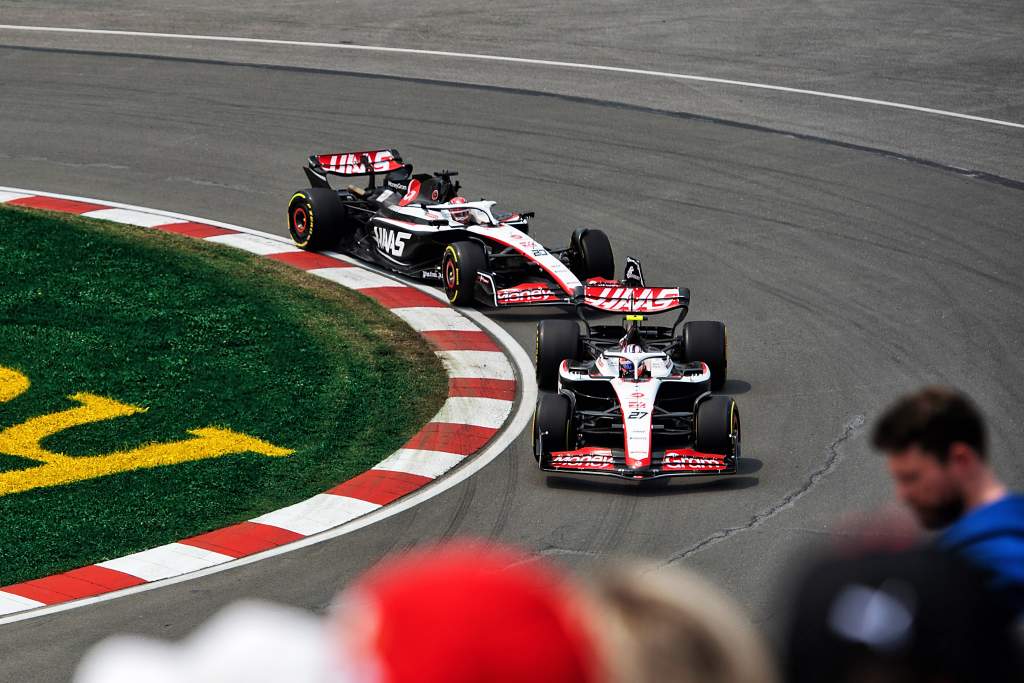Up Next

As Ferrari’s Formula 1 car concept has come under constant scrutiny during the 2023 season, its customer team Haas has been an unfortunate supporting argument.
Though they operate mostly in two different parts of the grid, their performance trends are similar: really fast on Saturday, less impressive on Sunday.
Haas’s aggressive customer model, and use of the Ferrari windtunnel, would make it no surprise for their fortunes to be intertwined. Even though Haas is clearly faring worse.
Despite being less demanding as a track than Barcelona was, Montreal exposed Haas’s key weakness once again. Nico Hulkenberg was never likely to hang on to fifth but the fall down the order started in the first stint – early, too – and by the end he was clinging on to 15th ahead of last-place starter Zhou Guanyu’s Alfa Romeo.
“That’s all we had left mate,” Hulkenberg told his race engineer Gary Gannon after the finish. “All we had left to fight for.”
Beyond the obvious conclusions that the Haas uses its tyres too aggressively and has poor race pace, there is a more specific observation to note – that the drivers have reported the car sliding a lot when following others. This hints at more than just poor tyre use and specific conditions in which the car struggles.
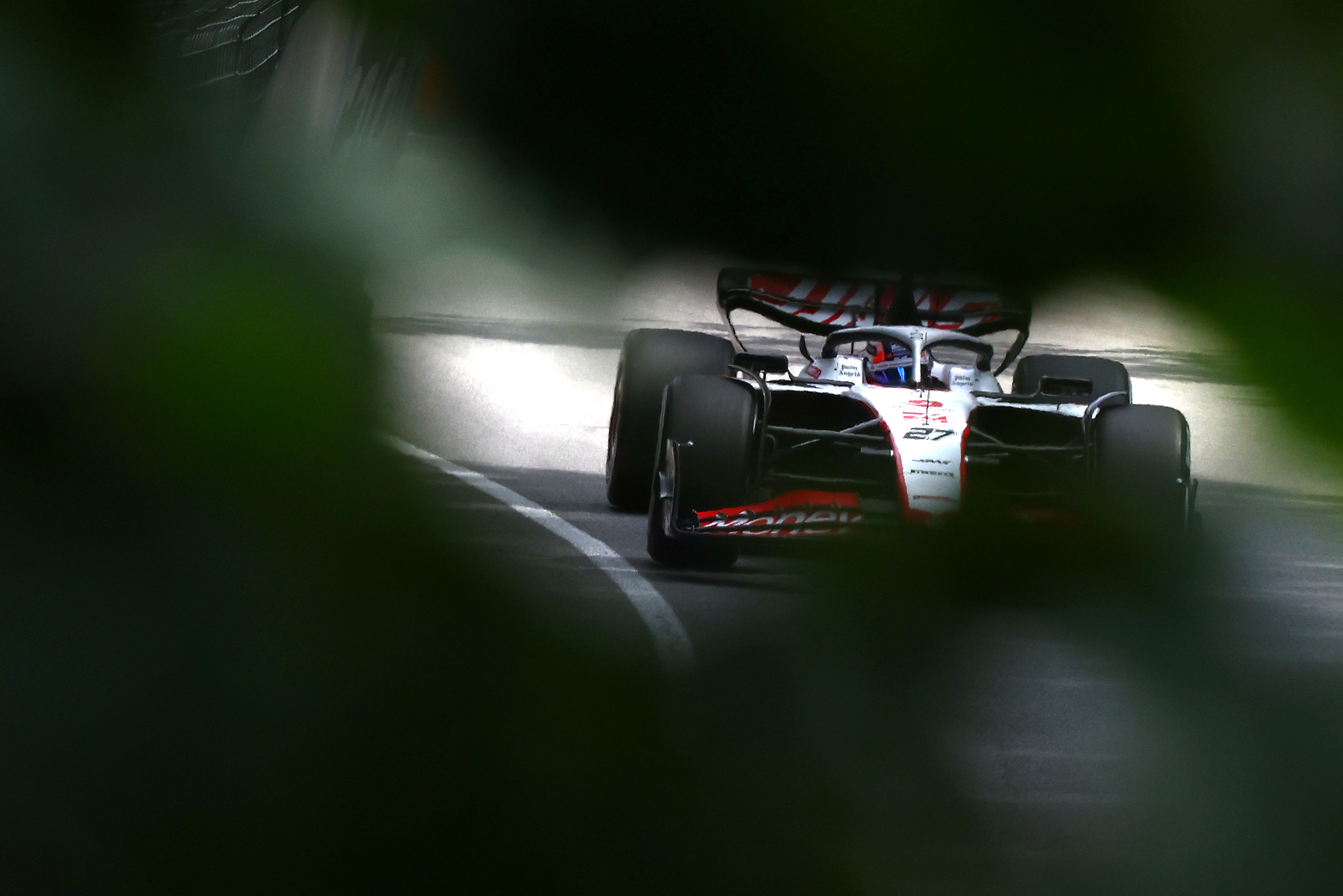
Hulkenberg confirmed this after the race in Canada. He had spoken quite optimistically on Thursday that Haas could improve the situation with set-up optimisation, as it had been brutally exposed in the Spanish Grand Prix. But by Sunday in Montreal that was no longer his view.
“If you’re just being bombarded and you know you’re hanging on by your teeth it’s not that fun, but it is what it is,” said Hulkenberg.
“It’s tough to take, especially during the moment. But we have to think of a longer-term solution for this.
“There’s nothing we can do with set-up to fix this, I think it’s bigger issues.
“We’re very much aware of it, working on it. But it’s a longer-term strategy that we need to pursue to get much better at it.”
Haas team boss Guenther Steiner believes it is a chassis problem, not an aerodynamic one. He likely means something conceptually, because the point of comparison is 2019 – when Haas had poor race pace compared to its qualifying speed, but that was traced to a specific aero issue.
Finding the root of the evil is key. There’s a growing theory that there must be something in the core Ferrari architecture, which the Haas is based around.
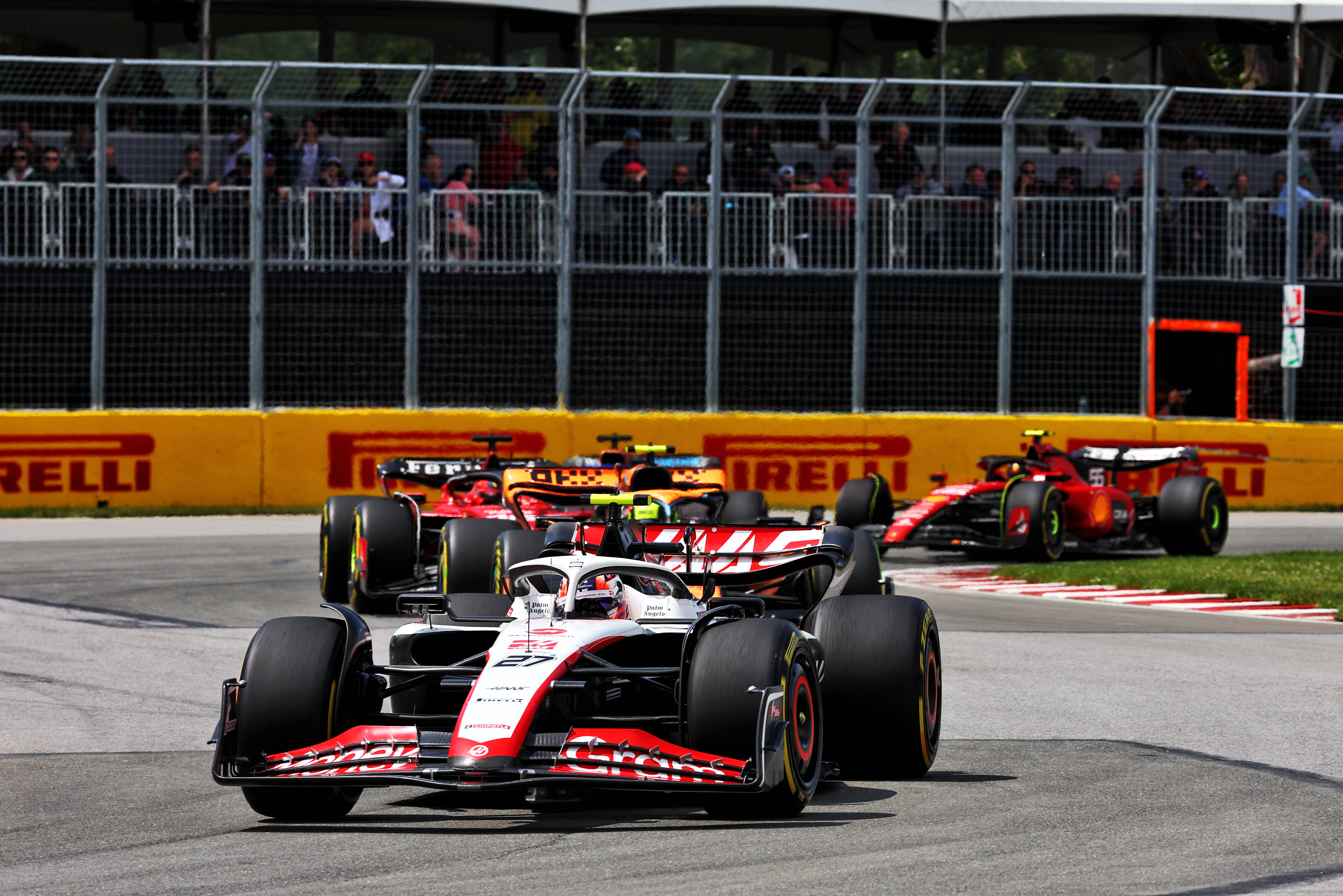
It can’t be a coincidence that the two cars that have the worst qualifying-to-race-pace conversion are the VF-23 and the SF-23, two cars that have the most in common under the surface.
“I can just look in like you from outside but it seems to be a parallel,” Steiner admitted in Canada.
“They [Ferrari] fall back as well in the race, it seems like – on certain racetracks, not on all of them.
“So, it seems to have a little bit of a pattern. For them it’s a different area of the classification.”
Steiner is keen for the issue to keep being explored in-depth to pinpoint the root cause.
If it is Ferrari-related, then what? Steiner has indicated it could be related to the windtunnel, given both share it. Aerodynamics? Suspension? Both? Or neither?
Haas does seem to suffer more on Sundays than Ferrari, and Canada showed that brilliantly – the Ferrari was genuinely quick in the grand prix, having been fast all weekend. Maybe this track brought the best out of the package but if it was a completely doomed concept Ferrari would have shown it too.
It points to a fundamental difference between the two cars. The Ferrari is a better car overall. That presumably relates to the aerodynamic side and how that interacts with its mechanical platform.
While a common underlying problem would be good for Haas in one sense, as it would have the might of Ferrari behind fixing it, there would be an obvious downside.
As Haas is not responsible for key architecture components it does not define when and how they can change. Which begs the question, how much potential is there to fix this in-season? And how much is Haas in control of the problem (and the solution) for next season?
“If I had the answer, we would be working on it,” said Steiner.
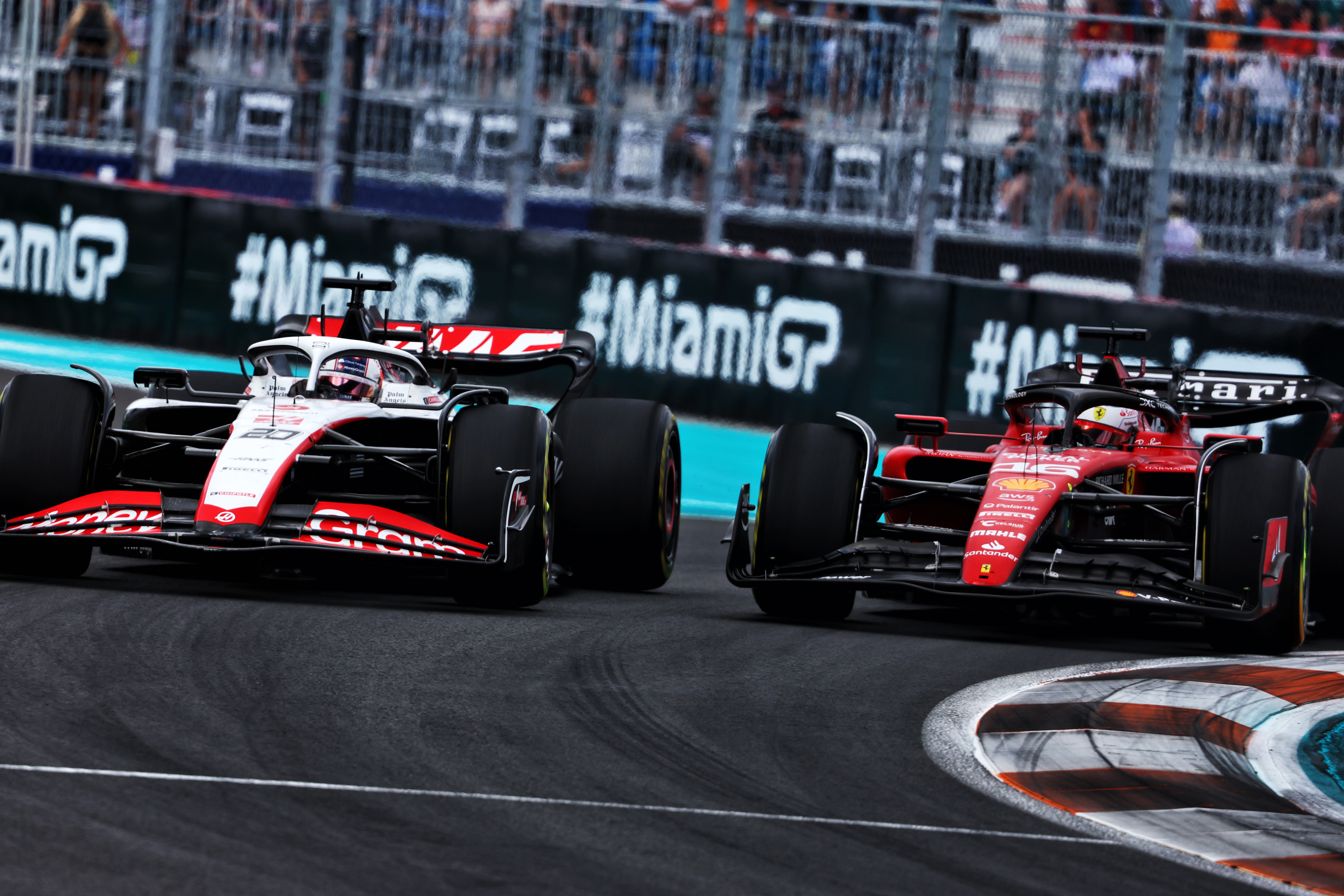
“It could be the windtunnel – we use the same windtunnel. You need to look at the bigger picture as well, I’m not saying that is – you need to look at everything in the moment.
“Could it be the suspension? We need to know what it is, if it is the suspension.
“We cannot just go to Ferrari and say, ‘Because you have got the problem, it’s your fault we have got the problem’. It’s not as easy as this.
“We need to find where the problem has come from, that is the first thing we need to understand properly before coming to the conclusion that it’s the same problem Ferrari has got.”
This is not something Haas can rush, because limited resources and cost-cap restrictions means solutions can’t just be constantly trialled in simulation until something works. There is no point putting something through a full development process and getting it back from the windtunnel and production in three months’ time just to have the same outcome.
At the same time, there is a clock on fixing this. Or at least mitigating it. Haas is part of a low-scoring constructors’ championship fight now. McLaren has 17 points in sixth, Alfa Romeo has nine points, Haas eight, Williams seven and AlphaTauri two.
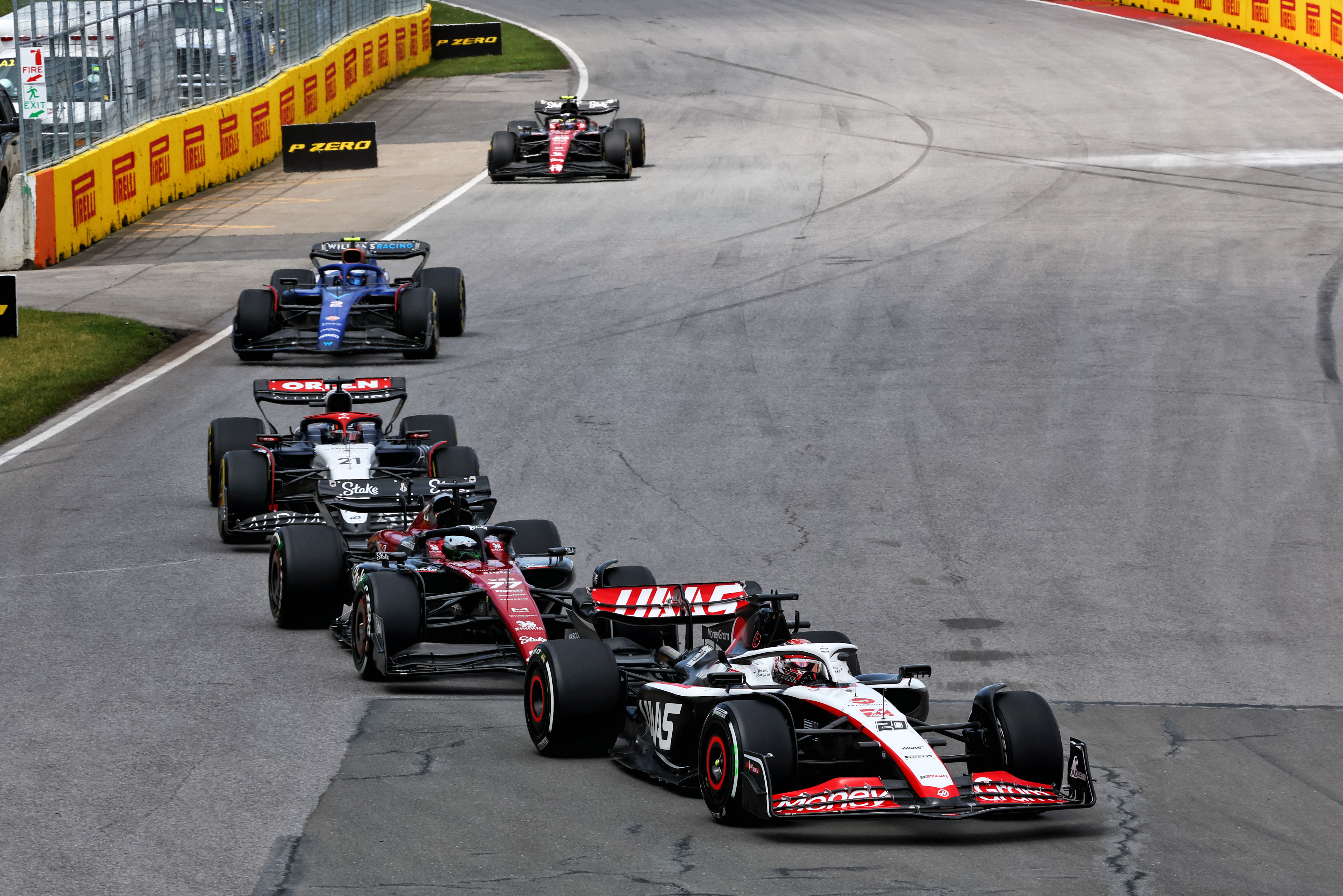
Opportunistic though Hulkenberg’s second place in Canada qualifying might have been, he has made it to Q3 four times in eight grands prix this season. The Haas is properly quick over one lap. So it seems silly to suggest this car might be at risk of finishing last or second-last in the championship. But that must be considered a serious concern given the poor conversion rate.
The raw performance is cause for optimism, given it’s capable of peaks that the AlphaTauri or Williams don’t have as often. But the Haas is clearly a worse race car than both of those.
It’s imperative that Haas improves this car enough to mitigate the worst of the underlying weakness, even if a better fix is something to shoot for next year.
Progress is the only thing that can make its grand qualifying performances translate into more points finishes rather than races to the bottom.


